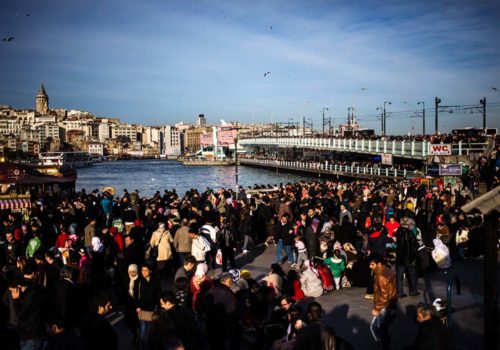Istanbul, economic and cultural capital of Turkey, the second fastest growing country after China, The city has an estimated 17 million inhabitants and 30% of national GDP. As only one million people used to live there in the 50’s and although its assimilation power is overwhelmed, it is today the main destination for an increasing rural migration.
And Istanbul has been paying for the last two decades of chaotic urbanization politics : massive traffic jams, growing wealth discrepancies, altered urban landscapes and loss of surrounding nature, an alarming lack of energy autonomy as well as over exploitation of the Bosphorous. And since no efficient enough solution could be found to keep control over migrating flow, the urban transformations are mostly at the expense of the poorest following the lines of a system implemented by current governments entirely devoted to growth and economic development.
Construction sites can be seen all over the city, historical and popular areas are demolished to be rebuilt for a wealthier population, pushing out of Istanbul entire communities, sometimes as far as 40 or 50 km away from the city centre.
Turkey’s and Istanbul’s unique context and development circumstances have created a very rapidly changing situation in which the decisions made will have a long term impact .
Raphaël Fournier
Born in Paris, Raphaël has a master in linguistics and is currently based in Istanbul, Turkey, after 8 years spent around China. He turned to photography after he interned at Time magazine photo department and likes to focus on works related to urban and environmental transformations as well as social issues.
His work regularly appears in various magazines and newspapers such as Le Monde, Libération, Colors, El Pais, Le Figaro, le Nouvel Observateur etc.
Raphaël is distributed by Divergence (www.divergence-images.com)
















